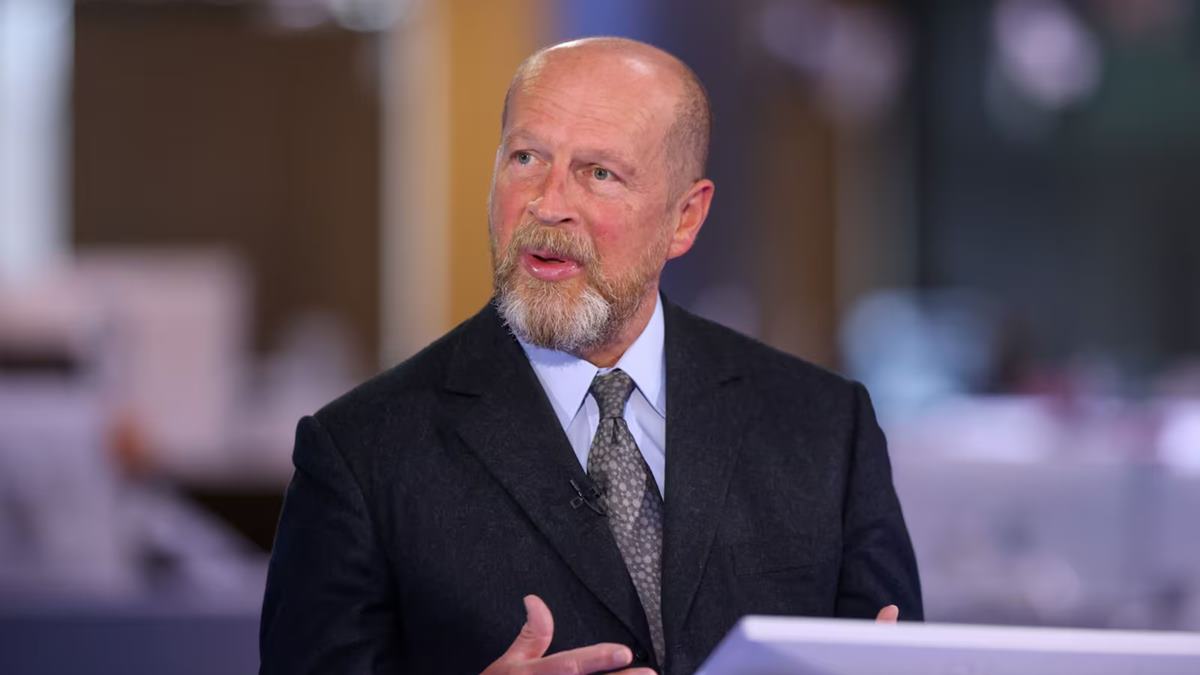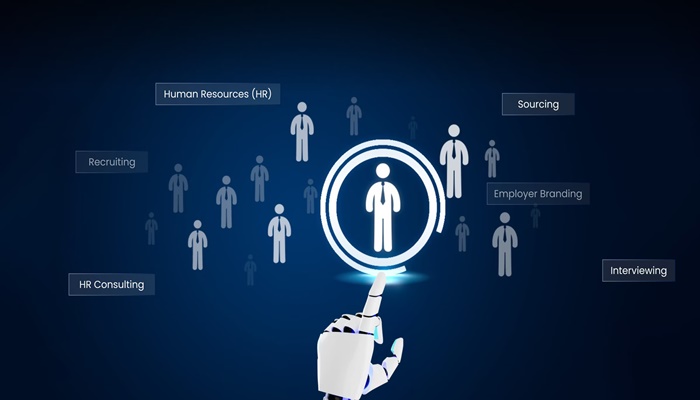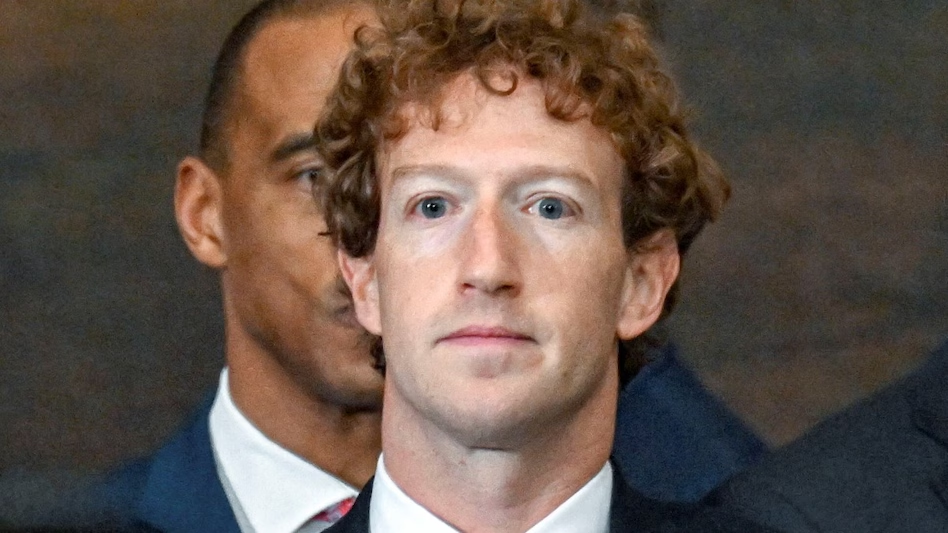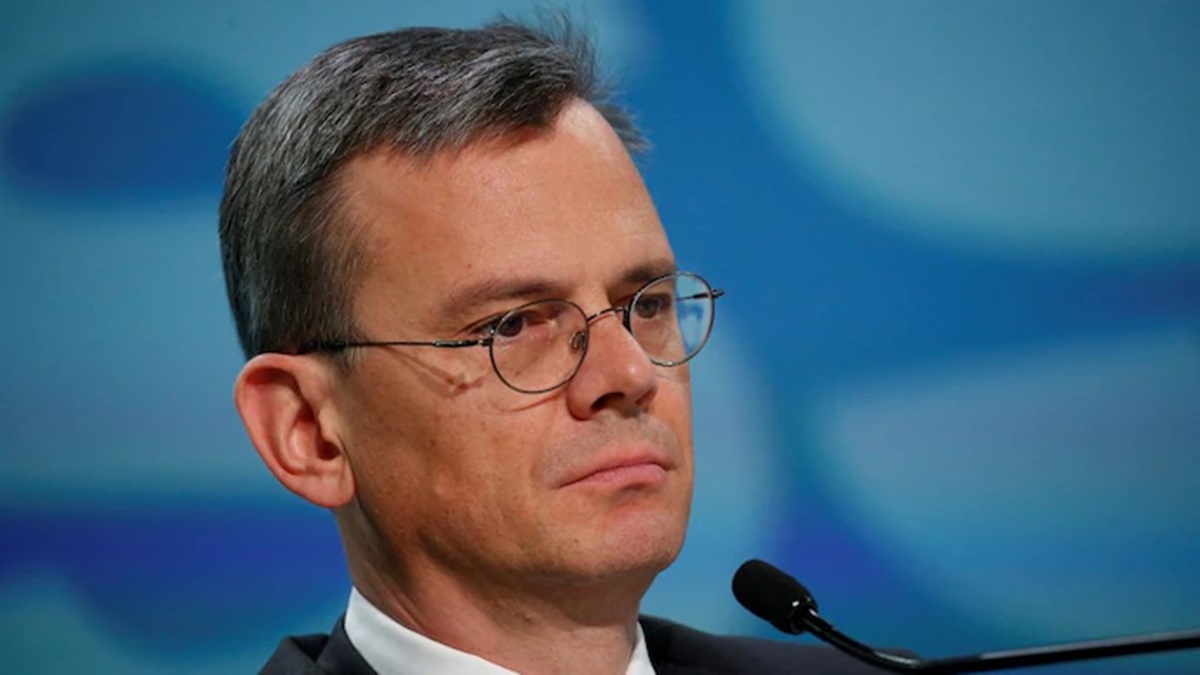The so-called “Great Resignation” may have faded from headlines, but the undercurrent of restlessness in the labor market has not. In a landscape where inflation is biting and wage growth is tapering, workers are weighing their options. According to the Bankrate Worker Intentions Survey, conducted June 6–16, 2025, 48% of full-time workers or active job seekers say they’re at least somewhat likely to look for a new job in the coming year. The churn hasn’t stopped, it’s morphing.
Behind that figure lies more than just dissatisfaction. It reflects a workforce recalibrating its priorities, pay, flexibility, job security, and refusing to be boxed in by outdated norms.
Stability or stagnation?
Despite constant churn narratives, 65% of workers say their job status hasn’t changed since January 2025, according to the Bankrate survey. Just 22% say their situation has improved, while 14% feel it has worsened. The figures don’t scream crisis, but they do whisper discontent. A large swathe of workers is plateauing, not progressing.And that stagnation is fertile ground for disillusionment. Workers aren’t just fleeing bad jobs; they’re chasing better ones.
A growing sense of unease
More than 1 in 4 workers (27%) report that their job security has decreased since January 2025, with younger generations feeling it most. According to Bankrate’s survey, 33% of millennials and 30% of Gen Z say they feel less secure now than at the start of the year.Political affiliation also plays a role in perception. The survey found that 31% of Democrats and independents feel their job security has eroded, compared with just 17% of Republicans.
Still asking for more
Despite that anxiety, workers aren’t standing still. The Bankrate survey found that 44% of respondents plan to ask for a raise in the next year, while 36% will request more flexible work arrangements such as remote or hybrid options.It’s a reflection of how expectations have shifted. The pandemic cracked the traditional workplace wide open, and workers aren’t willing to go back to the old terms.
The rise of the side-hustling spirit
Perhaps most tellingly, 25% of workers surveyed say they plan to start their own business in the next year. The urge to be one’s own boss is strongest among younger workers: 31% of Gen Z and 30% of millennials report entrepreneurial ambitions, according to the survey’s data.It’s no longer just about switching jobs—it’s about opting out of traditional employment altogether.
Who’s job hunting hardest?
Generational divides are stark. 53% of Gen Z workers say they’re likely to look for a new job in the next year, followed by 49% of millennials, 48% of Gen X, and just 25% of baby boomers, per the survey.Income also matters. 58% of those earning under $50,000 say they plan to job hunt, compared with 29% of those earning between $80,000–$99,999. Lower income appears to fuel higher mobility.
Plans versus action
While intent is high, actual movement may be more cautious. Only 18% of workers say they are very or somewhat likely to quit their job in the next 12 months, down from 25% in 2024, according to Bankrate.
This drop suggests that while workers want change, they’re acutely aware of cooling job markets and uncertain hiring trends. The desire is strong—but the leap may not be immediate.Final thoughtsThe 2025 Worker Intentions Survey, conducted online by YouGov on behalf of Bankrate from June 6 to 16, 2025, reveals more than just career ambitions. It paints a portrait of a restless, recalibrating workforce.
The job market may be shifting, but the demand for self-advocacy, adaptability, and meaningful work is stronger than ever. Nearly half the workforce isn’t waiting to be disrupted, they’re planning their next move.
The great reshuffle isn’t over. It’s just growing sharper.




















